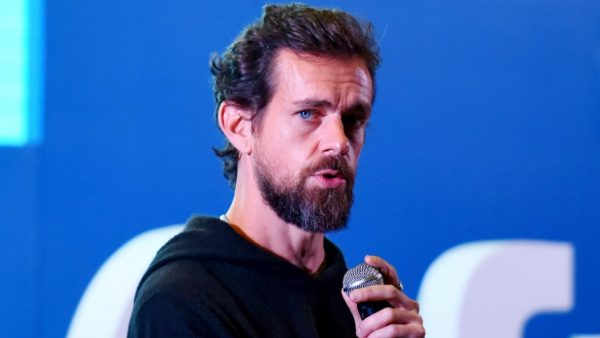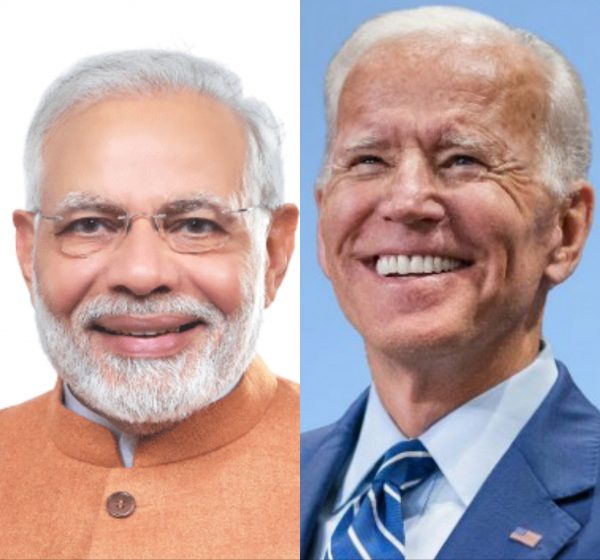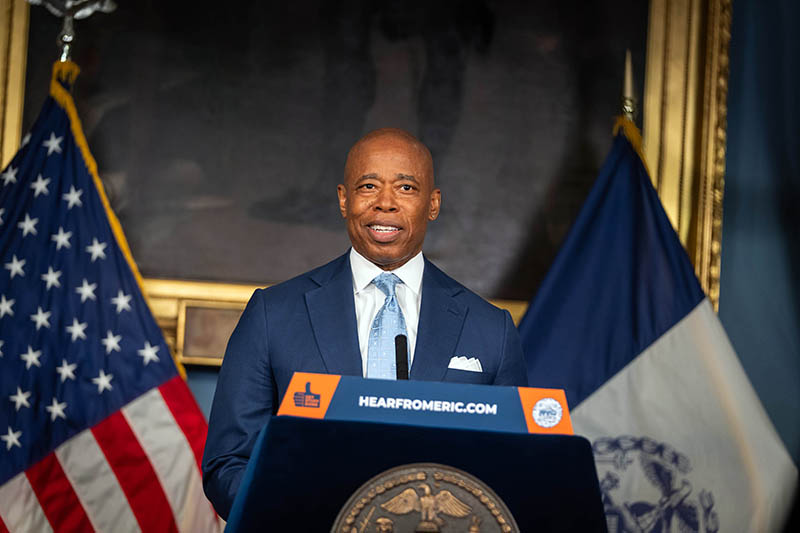As the temple town witnesses a massive surge in number of visitors, the city is all set to turn into major international tourist attraction. The Uttar Pradesh government plans to turn its economy into USD 1 trillion with the boost in tourism and development?
Our Bureau
Ayodhya/Lucknow
The Pran Pratishtha of Ram Lalla at Ram Temple in Ayodhya was held on Monday this week. The Ram Lalla idol was unveiled at the Pran Pratishtha ceremony after the hour-long rituals in the presence of Prime Minister Narendra Modi who led the ceremony. The event saw the participation of about 8,000 invitees, including 1,500-1,600 eminent guests. The ‘Ram Nagri’ Ayodhya also grabbed global eyeballs, with earthen lamps or diyas lit up on a massive scale and crackers going up and dazzling the night sky in different parts of the city.
On the first day itself more than 500,000 people visited the temple. Every day hundreds of thousands of people are heading to the temple. Braving the fog and cold early in the morning on Thursday, devotees continued to arrive for the darshan of Ram Lalla at Shri Ram Janmabhoomi Temple in Ayodhya three days after the ‘Pran Pratishtha’ ceremony.
On Thursday, the fourth day after Pran Pratishtha, devotees thronged the Ram Temple to have darshan of Shri Ram Lalla. The visual shows a long queue to offer the darshan of Ram Lalla. IG Range Ayodhya, Praveen Kumar elaborated on arrangements made for effective crowd management on Thursday. “People from the surrounding areas are coming on foot. There are two queues, one kilometer long each. Any belongings have to be kept in the Public Facilitation Centre (PFC). There are baggage scanners installed. There is also a physical frisking center.”
Following the grand ‘Pran Pratishtha’ ceremony of Lord Ram Lalla in Ayodhya on Monday and the temple opening its doors to the public on Tuesday, a swarm of devotees is flooding the Ram Temple chanting slogans of ‘Jai Shree Ram’, ‘Jai Sitaram’. It has led certain national and international agencies to come up with reports suggesting that Ayodhya is going to witness a huge influx of tourists and devotees in the near future and will play a vital role in the realization of the USD 1 trillion GDP target of Uttar Pradesh Chief Minister Yogi Adityanath.
Larsen & Toubro, the company involved in the construction of the temple, has claimed that the newly constructed Ram temple will remain in existence for the next 1,000 years because of the quality of construction and engineering and that its economic impact will be equally significant.
“Another research conducted by SBI Research recently claims that owing to the Ram Temple and other tourism-centric initiatives, Uttar Pradesh is expected to have a tax collection of Rs 25,000 crore in 2024-25. It clearly states that Ayodhya will be the most important factor in this with tourists and devotees coming to the city not only from within the country but also from different parts of the world. It reveals further that with the growth in tourism, Uttar Pradesh will become richer by about 4 lakh crores this year,” the Chief Minister’s office said in a press release.
Foreign stock market research firm Jefferies claims that Ayodhya will surpass Vatican City and Mecca in terms of the number of devotees visiting the place. Notably, Vatican City is the holiest place for Catholics, where millions of people come every year. Similarly, Mecca in Saudi Arabia, which is the major pilgrimage site for the Muslim community, sees millions of visitors annually.
According to the report, Ayodhya is expected to attract around 5 crore (50 million) devotees annually, making it a major tourism destination not only within Uttar Pradesh but also in the entire country. Jefferies has also said that with the construction of the Ram Temple as well as the provision of various facilities, such as a new international airport, an advanced railway station, a township, road connectivity, and new hotels, Ayodhya is becoming a hot spot for tourism. This will further strengthen Uttar Pradesh’s second place as a tourist destination on the map of India, it states.
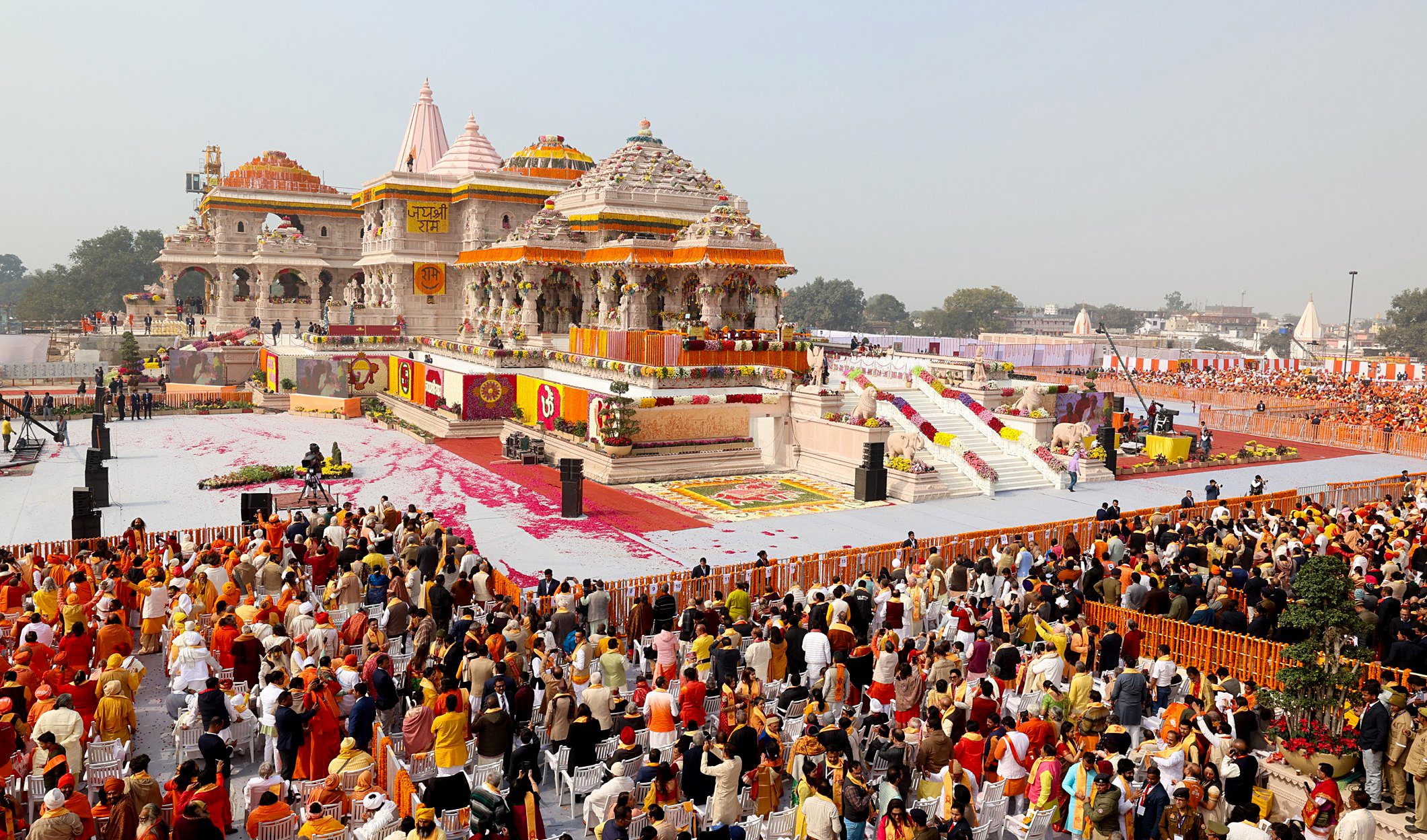
According to the report, along with the increase in the number of devotees, Ayodhya will also see a growth in its annual revenue. It mentions that Tirupati Balaji in Andhra Pradesh, which attracts 2.5 crore devotees every year, generates an annual revenue of Rs 1200 crore, whereas Vaishno Devi receives 80 lakh people annually and gets an annual revenue of Rs 500 crore. Similarly, in Agra, the Taj Mahal attracts 70 lakh visitors, generating an annual revenue of Rs 100 crore, while Agra Fort sees 30 lakh visitors, contributing to an annual revenue of Rs 27.5 crore.
Notably, devotees travelling to Ayodhya are likely to visit other religious sites such as Kashi Vishwanath Temple in Varanasi and Banke Bihari Temple in Mathura. This would also positively impact the local economies of Varanasi and Mathura.
In this way, the economy of Uttar Pradesh could receive an additional dose of nearly Rs 1 lakh crore directly each year. This direct boost could have a ripple effect on the local economy, potentially resulting in approximately five times the impact, ultimately contributing to India’s economic development.
In addition, religious tourism creates new opportunities for employment in sectors such as transportation, hotels, and the production of local goods. This not only benefits the local economy, but also strengthens the overall economic development. Countries like Switzerland, Italy, France, America, UAE, etc. have achieved incomparable economic development based on tourism. Similarly, with the inauguration of the Lord Shri Ram Temple in Ayodhya, India is poised to join these nations, and its economic development rate could surpass 10 per cent.
The reports suggest that Ayodhya has the potential to change the destiny of Uttar Pradesh and the country. Notably, Chief Minister Yogi Adityanath and Prime Minister Narendra Modi have transformed the image of Ayodhya through comprehensive development.
Now, following the Pran Pratishtha ceremony of Ram Lalla at the Shri Ram Janmabhoomi temple, Ayodhya was witnessing a significant surge in visitors. A high-level committee has been established on the instructions of Chief Minister Yogi Adityanath, who is overseeing the arrangements for the smooth darshan of Ram Lalla and the overall management of the Shri Ram Janmabhoomi temple.
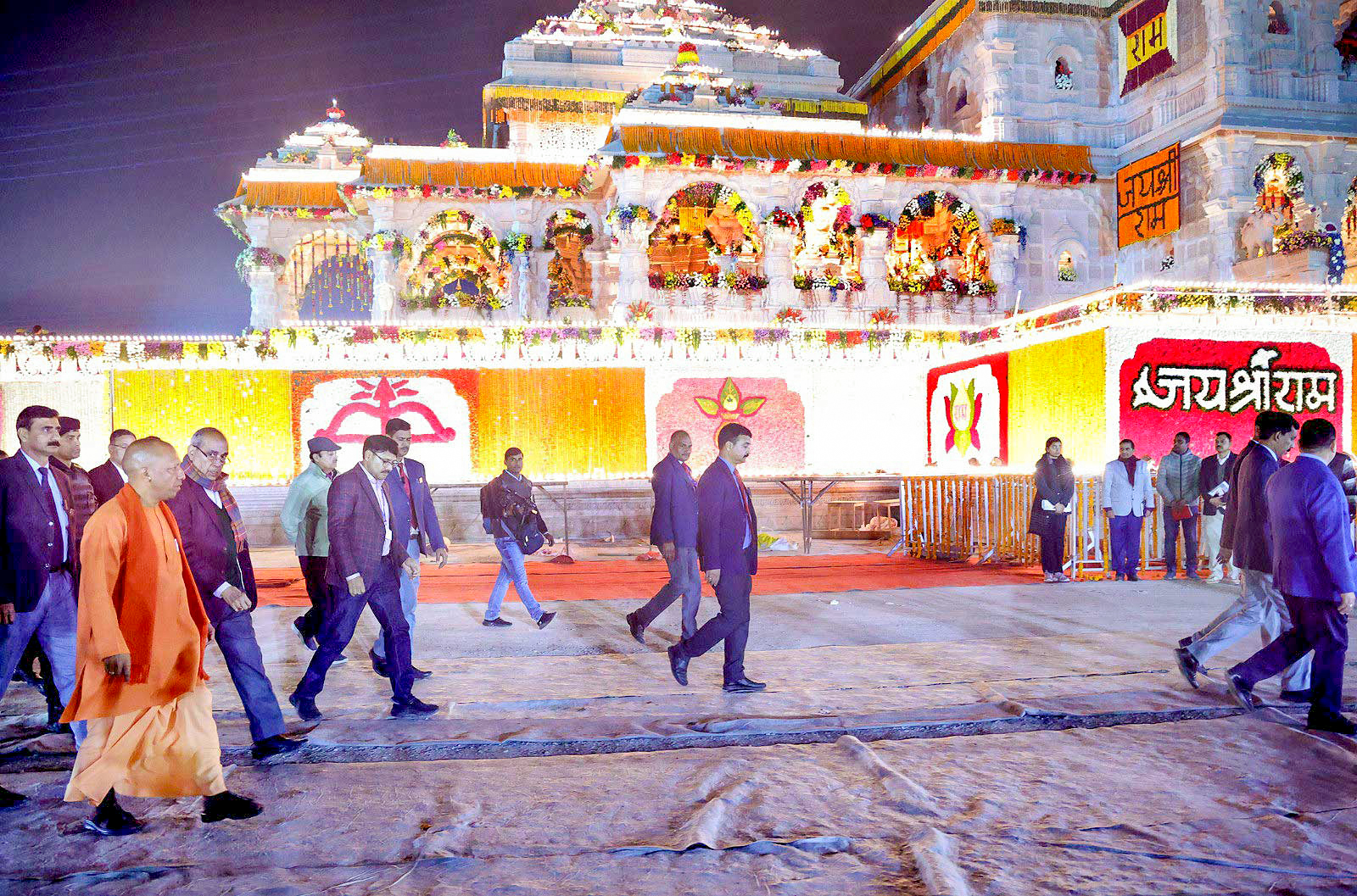
Under the supervision of the high-level committee, the administration and police forces are actively engaged in enhancing the system.
In view of the large number of devotees heading towards Ayodhya after the Pran Pratistha ceremony, the Uttar Pradesh government is building a sprawling Tent City, which will accommodate 25,000 devotees.
The roads within the Tent City have varying elevations, posing a risk of waterlogging during rainfall. Therefore, instructions were given to fill these potholes and use a roller to make the roads smooth.
As a huge crowd of devotees continued to visit the Ram Mandir in Ayodhya, Vishwa Hindu Parishad (VHP) leader Sharad Sharma on Thursday said that the temple had received crores of donations. “Devotees from the entire country are showcasing their dedication towards Lord Ram. They are donating money, gold and silver. Their feelings are pure and scared.”
VHP leader Sharad Sharma elaborated that the Ram Mandir in Ayodhya will always remain financially prosperous due to the blessings of Goddess Lakshmi. “Ram Lalla is enthroned there. Ram was an incarnation of Lord Vishnu whose wife was Goddess Laxmi. She would never want any financial frailty at the Ram Mandir in Ayodhya. The grandeur of the temple will never be demeaned” he said.
Meanwhile, in a stride towards comprehensive socio-economic development, the Ministry of Commerce and Industry, under the visionary PM GatiShakti initiative, is propelling the planning and implementation of the Ayodhya Bypass Project. According to a press release by the Ministry of Commerce and Industry, this transformative project is poised to catalyze economic, social, and logistics connectivity across key districts, with the overarching goal of decongesting Ayodhya and fostering uninterrupted freight flows.
Over the past two years, the PM GatiShakti initiative has convened 64 Network Planning Group (NPG) meetings, deliberating on over 131 infrastructure projects. The Ayodhya Bypass Project emerged as a critical infrastructure endeavor during the 52nd NPG meeting, signaling its pivotal role in the regional development landscape.
The Ayodhya Bypass Project is an ambitious Greenfield venture covering 67.57 kilometers, comprising the construction of both Northern and Southern Ayodhya Bypasses.
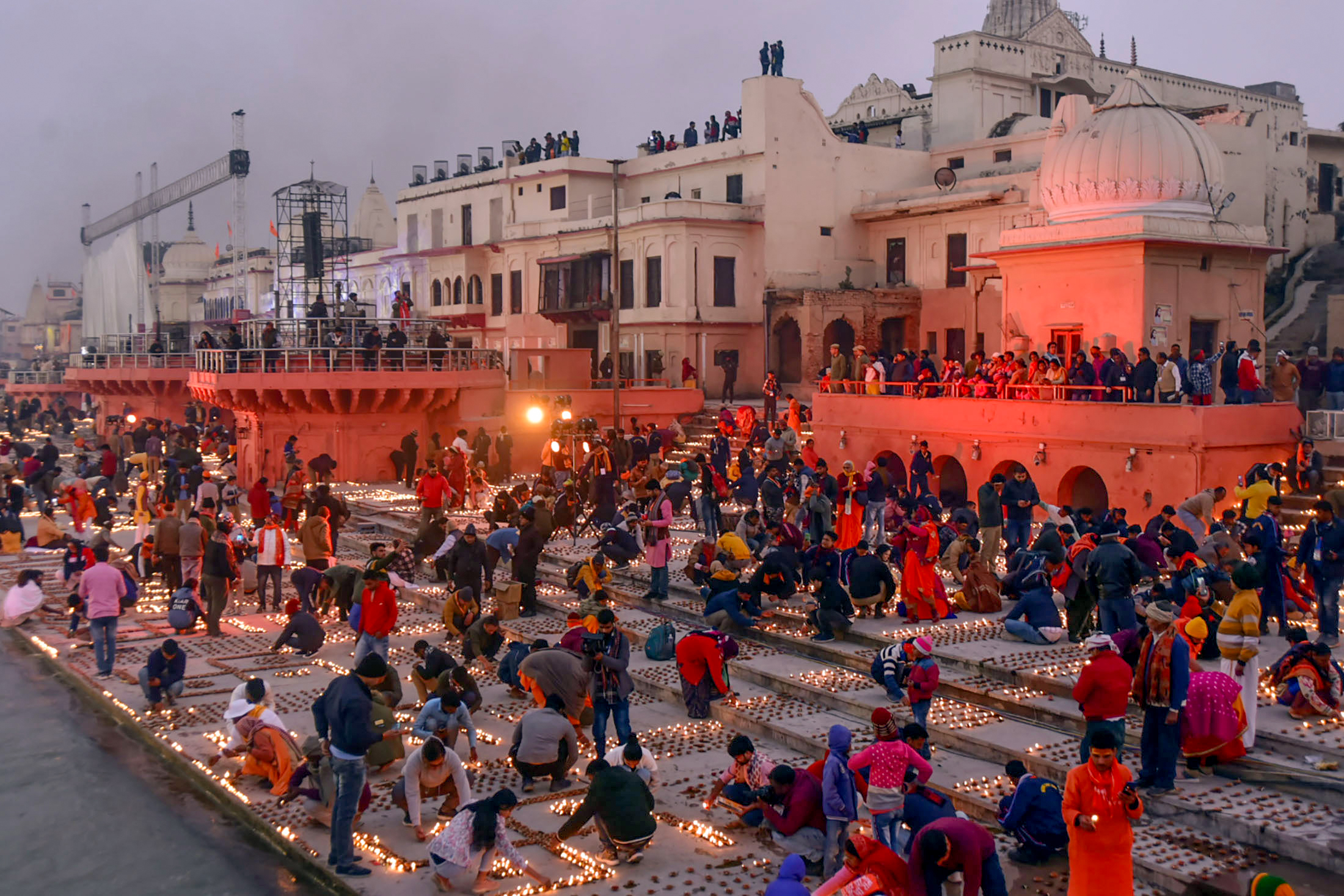
These bypasses, totaling 35.40 kilometers and 32.172 kilometers respectively, are strategically positioned to connect key districts such as Lucknow, Basti, and Gonda.
Ayodhya’s central location, nestled between economic hubs like Lucknow and Gorakhpur, makes it a vital passage for major commodities, including leather, engineering goods, building materials, iron, and steel.
Ayodhya, located in the heart of Uttar Pradesh, is now al set to become the center of economic growth for India’s most populous –and politically important – state.





















